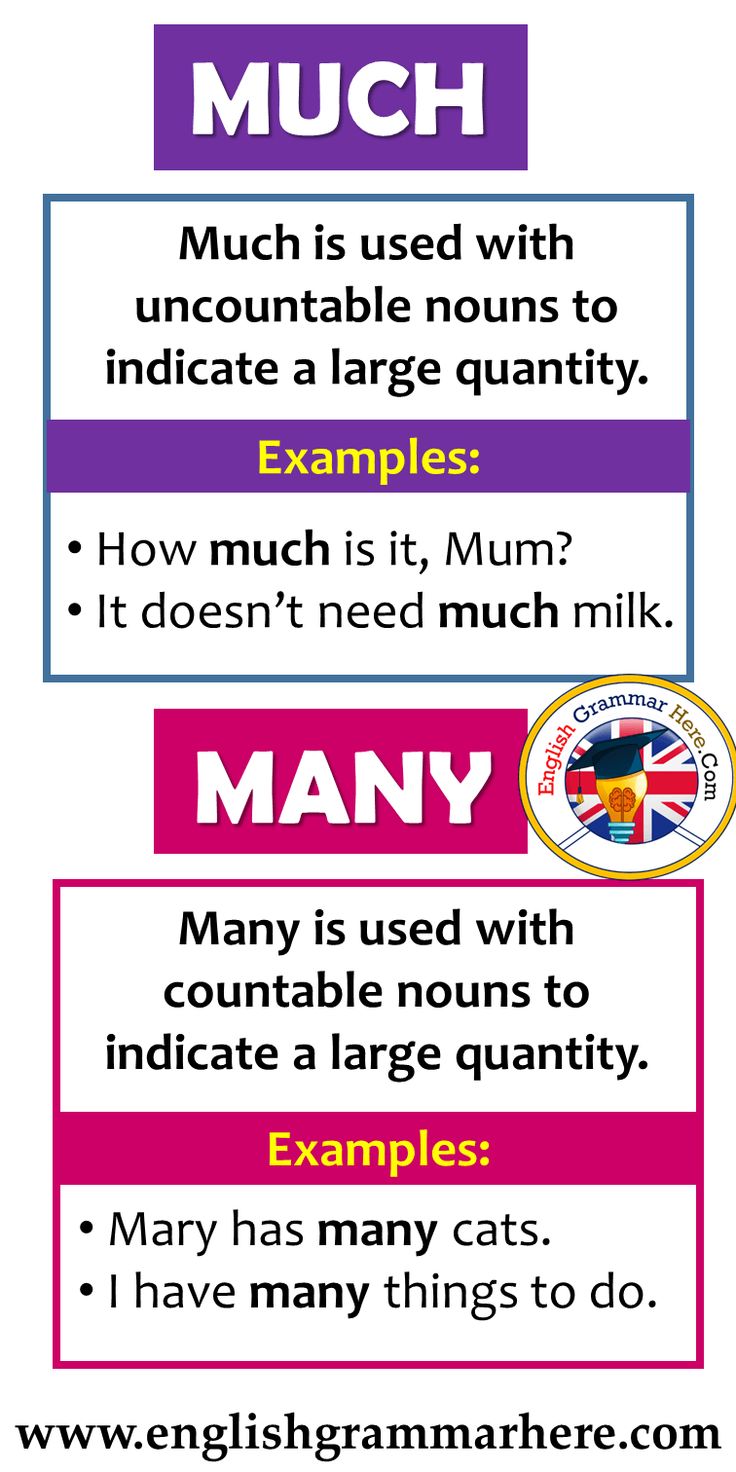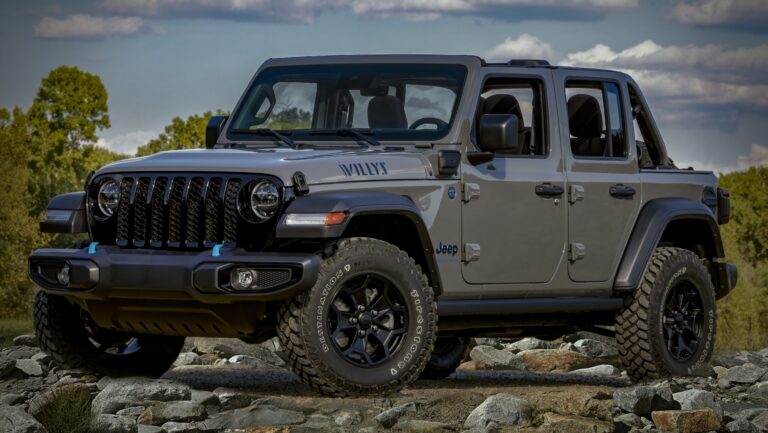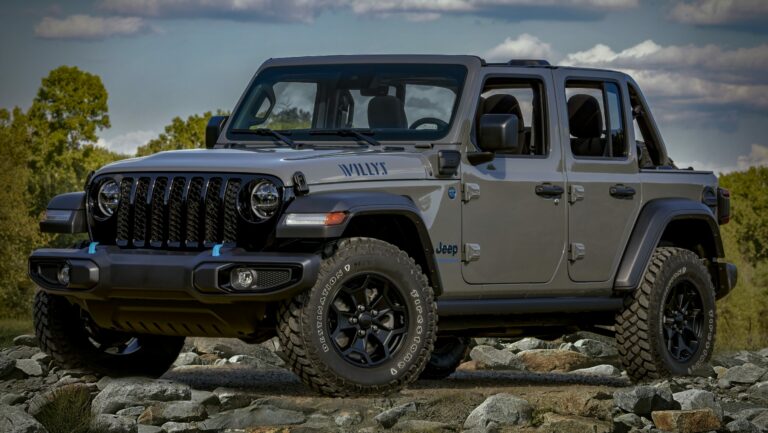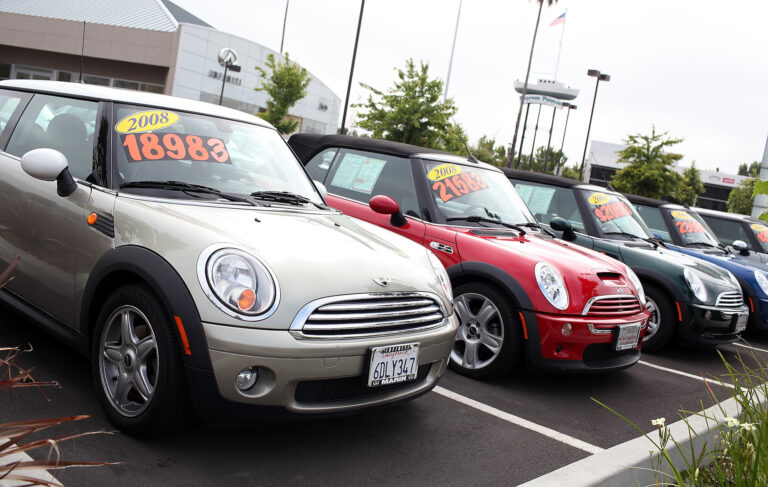How Much Vinyl To Wrap A Jeep Wrangler Unlimited: Your Comprehensive Guide
How Much Vinyl To Wrap A Jeep Wrangler Unlimited: Your Comprehensive Guide jeeps.truckstrend.com
The Jeep Wrangler Unlimited, with its iconic rugged appeal and boundless customization potential, stands out on any road or trail. For many owners, personalizing their Unlimited goes beyond lift kits and off-road tires; it extends to the very skin of their vehicle. Vinyl wrapping has emerged as a popular, versatile, and often more cost-effective alternative to a full paint job, offering endless color, texture, and design possibilities while also protecting the original finish. But before you dive into the vibrant world of vehicle wraps, a fundamental question arises: How much vinyl do you actually need to wrap a Jeep Wrangler Unlimited?
This question isn’t as straightforward as it might seem. Unlike a flat canvas, a Jeep Wrangler Unlimited presents a unique set of challenges and considerations due to its distinctive shape, removable panels, and various protrusions. Understanding the factors that influence vinyl quantity is crucial for planning your project, whether you’re tackling it yourself or hiring a professional. This guide will meticulously break down everything you need to know to accurately estimate your vinyl needs.
How Much Vinyl To Wrap A Jeep Wrangler Unlimited: Your Comprehensive Guide
Understanding the Unique Anatomy of a Jeep Wrangler Unlimited for Wrapping
The Jeep Wrangler Unlimited (JKU/JLUR) is not your average sedan. Its design incorporates numerous separate panels, removable doors, a removable hardtop (or soft top), and prominent fender flares. Each of these elements requires individual attention and often, separate pieces of vinyl. This modular design, while fantastic for off-roading and open-air driving, adds complexity to the wrapping process and, consequently, to the amount of material required.
Key factors that directly impact the vinyl quantity for a JKU/JLUR include:
- Overall Vehicle Dimensions: The length, width, and height of the vehicle are the baseline for any wrap estimate.
- Wrap Coverage: Are you doing a full exterior wrap, including door jambs and the hardtop, or just the main body panels?
- Vinyl Type and Design: Solid colors are more forgiving than complex patterns or chrome finishes, which often require more material for alignment and waste.
- Installer Experience: A DIY installer will inevitably use more material due to a learning curve and potential mistakes compared to a seasoned professional.
- Waste Factor: Regardless of skill, some material will always be wasted due due to trimming, miscuts, or repositioning.

Standard Estimates for a Jeep Wrangler Unlimited Full Wrap

For a full exterior wrap of a Jeep Wrangler Unlimited, including all main body panels, fender flares, and the hardtop, a general estimate for vinyl material ranges from 50 to 75 feet (approximately 15 to 23 meters) of 60-inch wide vinyl.
Let’s break down why this range exists:
- The Lower End (50-60 feet): This applies if you’re wrapping only the exterior body panels, excluding the hardtop, door jambs, or inner parts of the removable doors. It also assumes a solid color vinyl and an experienced installer minimizing waste.
- The Higher End (65-75 feet): This estimate is more realistic for a comprehensive full wrap, including the hardtop, door jambs, and potentially the inside edges of the removable doors. It also accounts for a slightly more complex design or a DIY installer’s buffer.
- Beyond 75 feet: If you plan to wrap bumpers, mirrors (if not already black), or apply intricate custom designs that require significant pattern matching, you could easily push past 75 feet, potentially needing up to 80-90 feet.

It’s crucial to remember that vinyl typically comes in rolls of varying lengths, often 60 inches (5 feet) wide. When calculating, you’re primarily concerned with the length of the roll needed.
Factors That Significantly Influence Vinyl Quantity
Beyond the basic estimates, several specific elements can drastically alter your vinyl requirements:
-
Level of Coverage:
- Exterior Only: Most common, covers visible painted surfaces.
- Full Exterior + Hardtop: Adds significant material, especially if the hardtop is large and multi-paneled.
- Door Jambs: Wrapping the inside of door frames for a seamless look adds considerable time and material.
- Inner Doors: Wrapping the interior side of the removable doors is possible but adds complexity and material.
- Fender Flares: Most JKU/JLURs have black plastic fender flares. Wrapping these to match the body color will require extra vinyl.
-
Vinyl Type and Design Complexity:
- Solid Colors (Gloss/Matte/Satin): Generally the most efficient, as orientation doesn’t matter much.
- Metallic/Pearl/Chrome Finishes: These often have directional properties, meaning all pieces must be laid in the same direction to ensure color consistency, leading to more off-cuts and waste. Chrome wraps are also notoriously difficult to work with and prone to showing imperfections.
- Textured Vinyl (Carbon Fiber/Brushed Metal): Similar to metallics, these have a grain direction that must be respected.
- Printed/Patterned Vinyl: Requires precise alignment across panels. This can add 10-20% or even more to your material needs to ensure patterns match seamlessly across doors, fenders, and the hood.
-
Installer Skill Level (DIY vs. Professional):
- DIY Installer: If you’re new to wrapping, expect a learning curve. Mistakes happen – miscuts, air bubbles, wrinkles, or adhesion issues can lead to wasted material. It’s highly recommended for DIYers to purchase at least 10-15% more than their calculated estimate.
- Professional Installer: Experienced wrappers are highly efficient, minimizing waste. They know how to optimize cuts and stretch the material effectively. While they still factor in a buffer, it’s usually smaller than what a DIY enthusiast would need.
-
Vehicle Condition and Prep:
- While not directly impacting the quantity of vinyl, the condition of your Jeep’s paint is crucial. Dents, deep scratches, rust, or peeling clear coat must be addressed before wrapping. Vinyl will conform to these imperfections, making them visible. Proper cleaning and surface preparation (degreasing, clay barring) are essential for optimal adhesion and longevity.
Measuring Your Jeep Wrangler Unlimited for Accuracy
For the most precise estimate, especially if you’re undertaking a DIY project, manual measurement is key.
-
Measure Each Major Panel:
- Hood: Length and widest point. Add 6-8 inches to each dimension for overhang.
- Roof (Hardtop): Length and width. Add 6-8 inches. If multi-paneled, measure each section.
- Doors: Measure the height and width of each door. Add 4-6 inches to all sides.
- Fenders: Measure each fender flare’s length and height. You might need multiple pieces for complex curves.
- Tailgate: Measure length and width. Add 4-6 inches.
- Side Panels (Rear): Measure the large side panels behind the rear doors.
- Bumpers/Mirrors: Decide if you’re wrapping these. They are complex shapes and might require dedicated smaller pieces.
-
Add a Buffer: Always add at least 4-6 inches (10-15 cm) to each edge of your measurements for trimming and stretching. For complex panels or beginners, add even more.
-
Consider Vinyl Roll Width: Most automotive vinyl comes in a 60-inch (5-foot) width. This is generally sufficient for most panels on a Wrangler, allowing you to wrap large sections without seams.
DIY vs. Professional Installation: Material Implications
The choice between DIY and professional installation has significant implications for your material purchasing strategy and overall budget.
-
DIY Installation:
- Pros: Significant cost savings on labor. Immense satisfaction from a job well done.
- Cons: High potential for material waste due to inexperience. Requires specialized tools (heat gun, squeegees, knives, snips, surface prep chemicals). Steep learning curve. The final finish might not be as flawless as a professional job.
- Material Advice: Budget for at least 10-15% extra vinyl beyond your calculated needs. This buffer accounts for mistakes, re-dos, and practice.
-
Professional Installation:
- Pros: Superior finish quality. Less material waste (the shop buys in bulk and is highly efficient). Warranty on labor and often on the material. Time-saving.
- Cons: Significantly higher overall cost, as labor is the largest component.
- Material Advice: The shop will handle material procurement and calculation. While their internal waste factor is lower, their pricing will include a buffer, and they pass the bulk vinyl cost directly to you.
Tips for Purchasing Vinyl
- Buy from Reputable Suppliers: Stick to well-known brands like 3M, Avery Dennison, KPMF, or Oracal. Quality vinyl is easier to work with, stretches better, and lasts longer.
- Order in One Batch: If possible, order all the vinyl you need for your project from the same batch. Slight color variations can occur between different production runs, which would be noticeable on a large vehicle.
- Don’t Forget Tools and Prep: Your vinyl order should be accompanied by the necessary tools: a heat gun, various squeegees, razor knives (with break-off blades), cutting tape (knifeless tape), surface cleaner, clay bar, and possibly a primer/adhesion promoter for difficult areas.
Challenges and Solutions
- Bubbles and Wrinkles: The most common DIY challenge. Solution: Proper squeegee technique, working slowly from the center outwards, and judicious use of heat to stretch and conform the vinyl.
- Poor Adhesion: Often due to inadequate surface preparation. Solution: Thoroughly clean, degrease, and clay bar the entire vehicle surface. Use an adhesion promoter on edges and complex curves.
- Running Out of Material: Solution: Always buy extra! It’s better to have a small roll left over than to be short by a foot.
- Complex Curves and Recesses: The JKU has many. Solution: Patience, precise heat application, and making relief cuts (small incisions) in the vinyl to allow it to lay flat without wrinkling.
- Removable Parts: Decide upfront if you’ll wrap doors and the hardtop while on or off the vehicle. Removing them can make wrapping easier but adds to disassembly/reassembly time.
Estimated Cost Table for Wrapping a Jeep Wrangler Unlimited
This table provides a generalized cost estimate. Actual prices will vary based on location, vinyl brand, shop reputation, and the complexity of your chosen design.
| Item/Service | Description | DIY Cost (Estimated Material Only) | Professional Cost (Material + Labor) | Notes |
|---|---|---|---|---|
| Vinyl Material (Rolls) | ||||
| Standard Gloss/Matte Vinyl | Basic solid colors (e.g., black, white, gray, red, blue). Typically 60-75 ft. | $400 – $800 | Included in professional total | Easiest to work with, most common. |
| Premium Metallic/Satin Vinyl | Enhanced finishes (e.g., satin black, metallic blue, deep red). 60-75 ft. | $700 – $1,200 | Included in professional total | More unique look, slightly more challenging for pattern alignment. |
| Textured/Specialty Vinyl | Carbon Fiber, Brushed Metal, Chrome, Color-Shift, Flip. 60-75 ft. | $1,000 – $2,500+ | Included in professional total | Higher material cost, significantly more difficult to apply, prone to showing imperfections (especially chrome). |
| DIY Tools & Prep Supplies | Heat gun, squeegees, knives, surface cleaner, clay bar, adhesion promoter. | $100 – $300 | N/A | Essential for a successful DIY wrap. Reusable for future projects. |
| Professional Labor | Expertise, efficiency, warranty, shop overhead. | N/A | $2,000 – $5,000+ | Varies wildly by region, shop reputation, vehicle size, and complexity. Includes surface prep. |
| Total Estimated Project Cost | Full Wrap (Jeep Wrangler Unlimited) | $500 – $2,800+ | $2,500 – $7,500+ | Excludes extreme custom designs (e.g., multi-color graphics, complex prints) or extensive bodywork/paint correction prior to wrap. |
Frequently Asked Questions (FAQ)
Q1: How long does a vinyl wrap typically last on a Jeep Wrangler Unlimited?
A1: A high-quality vinyl wrap, properly installed and maintained, can last anywhere from 5 to 7 years. Factors like climate (UV exposure), quality of vinyl, and how well it’s maintained will influence its lifespan.
Q2: Can I wash my wrapped Jeep like a regular car?
A2: Yes, you can. Hand washing is highly recommended. Avoid automatic car washes with brushes, as they can scratch or lift the vinyl edges. Use mild soaps and avoid harsh chemicals or abrasive cleaning tools. Pressure washing is okay, but keep the nozzle at least 1 foot away and avoid spraying directly at edges or seams.
Q3: Is wrapping reversible? Does it damage the original paint?
A3: Yes, vinyl wraps are fully reversible. When removed correctly, a quality wrap will not damage the original factory paint. In fact, it acts as a protective layer against minor scratches, UV rays, and road debris.
Q4: How much vinyl do I need for a partial wrap (e.g., hood, roof, accents)?
A4: For partial wraps, you’ll need significantly less. For a hood wrap, typically 6-8 feet. For a roof (hardtop) wrap, 10-15 feet. For accents like fender flares or grilles, smaller rolls (5-10 feet) would suffice. It’s best to measure the specific areas you want to cover.
Q5: What’s the difference between cast and calendared vinyl?
A5: Cast vinyl is premium, more durable, conforms better to complex curves, and has a longer lifespan (5-10 years). It’s more expensive. Calendared vinyl is thicker, less conformable, and has a shorter lifespan (3-5 years). While cheaper, it’s generally not recommended for full vehicle wraps, especially on complex shapes like a Wrangler, as it’s more prone to shrinking and lifting.
Q6: Can I wrap over rust or existing dents?
A6: No. Vinyl will conform to any imperfections on the surface, making dents, rust, and deep scratches highly visible. For a flawless finish, all bodywork, rust repair, and paint correction should be completed before applying the wrap.
Conclusion
Wrapping your Jeep Wrangler Unlimited is an exciting project that can completely transform its appearance and offer a layer of protection. Understanding "How Much Vinyl To Wrap A Jeep Wrangler Unlimited" is the first critical step in ensuring a successful outcome. By carefully considering the factors discussed – the unique anatomy of your Jeep, the level of coverage, the complexity of your chosen vinyl, and your installation method – you can accurately estimate your material needs.
Whether you choose the rewarding challenge of a DIY wrap or the guaranteed precision of a professional installation, proper planning and a buffer of extra material will save you headaches and ensure your beloved Wrangler Unlimited rolls out with a stunning, personalized new skin. Embrace the journey, and enjoy the head-turning results!





